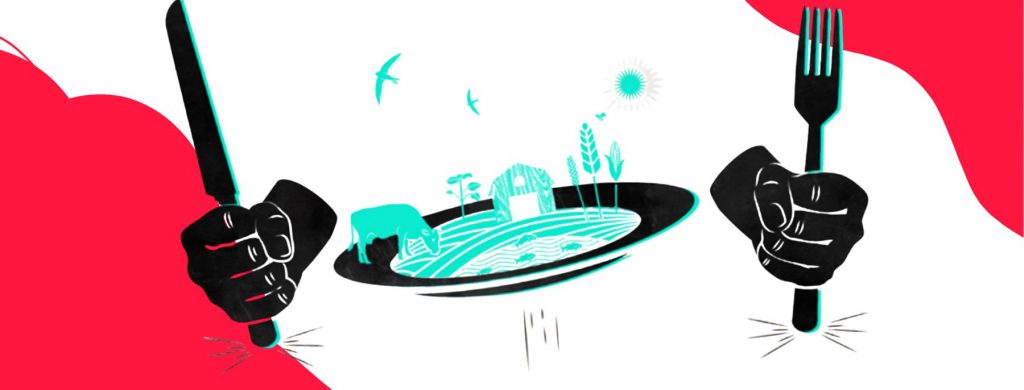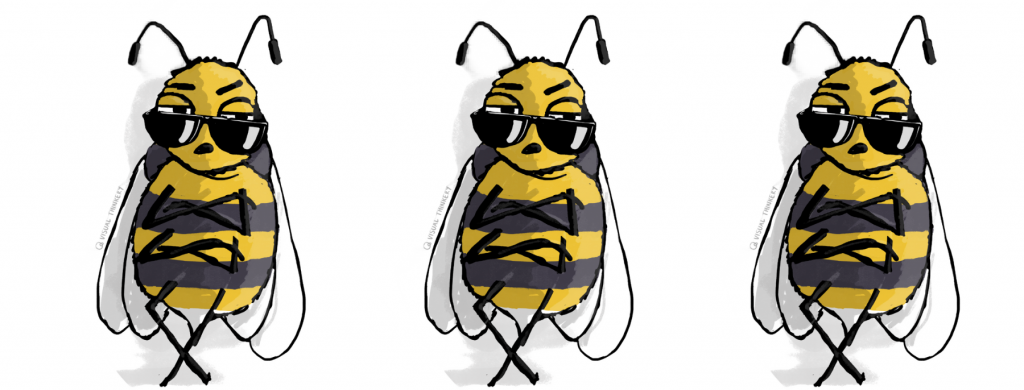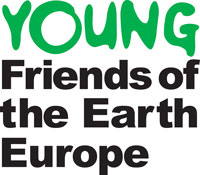Unpacking the Industrial Emissions Directive
This July, the European Parliament voted on its position on an update to the Industrial Emissions Directive (IED). This law package, around a decade old, is supposed to regulate dirty emissions from industrial installations. The directive covers, among others, industrial animal farming of poultry and pigs. The vote result was effectively watering down a previous proposal of the European Commission.
Plans for extending the law’s scope
In 2022, the European Commission proposed to update the directive. The suggestion was to extend it to additional intensive farming and industrial activities, ensuring that all sectors involving high resource use or pollution reduce environmental damage from the outset.
In relation to farming, the proposal by the European Commission suggested the directive to be extended to cover industrial farms with 150 or more Livestock Units – i. e. animals – and to include cattle rearing. This change was foreseeing to include about 13 percent of the EU’s commercial farms, representing 60 percent of the EU’s livestock ammonia emissions and 43 percent of its methane emissions.
Decision-makers are well aware that industrial farming is a highly polluting sector. Therefore, it’s reasonable and imperative to regulate a larger number of installations to address this pressing issue.
But how did the Parliament react?
A missed opportunity on regulating animal farming
The recent vote missed an opportunity to compel more industrial animal farms to align with the EU’s environmental ambitions and responsibilities. Instead, MEPs chose to maintain the status quo of the legislation, leaving a significant portion of Europe’s intensive animal farms unregulated. Namely, the European Parliament voted against including cattle farms and a larger proportion of pig and poultry farms within the directive’s scope, maintaining the existing rules. This decision lacks ambition, as the initial proposal by the EU Commission aimed for a more comprehensive coverage.
Why do we need a more ambitious law?
The dirty truth about industrial animal farming
In times of climate crisis, this decision means letting some of the main polluters off the hook.
We have revealed before
- the appalling impact industrial animal farming has on air, water, and soil
- that this sector, chiefly funded and subsidised by European financiers, is as bad for the climate and environment as the fossil fuel industry
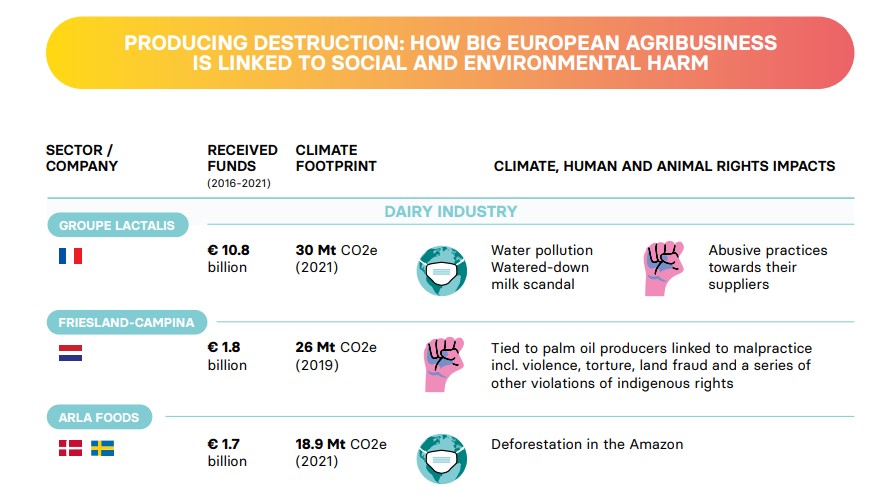
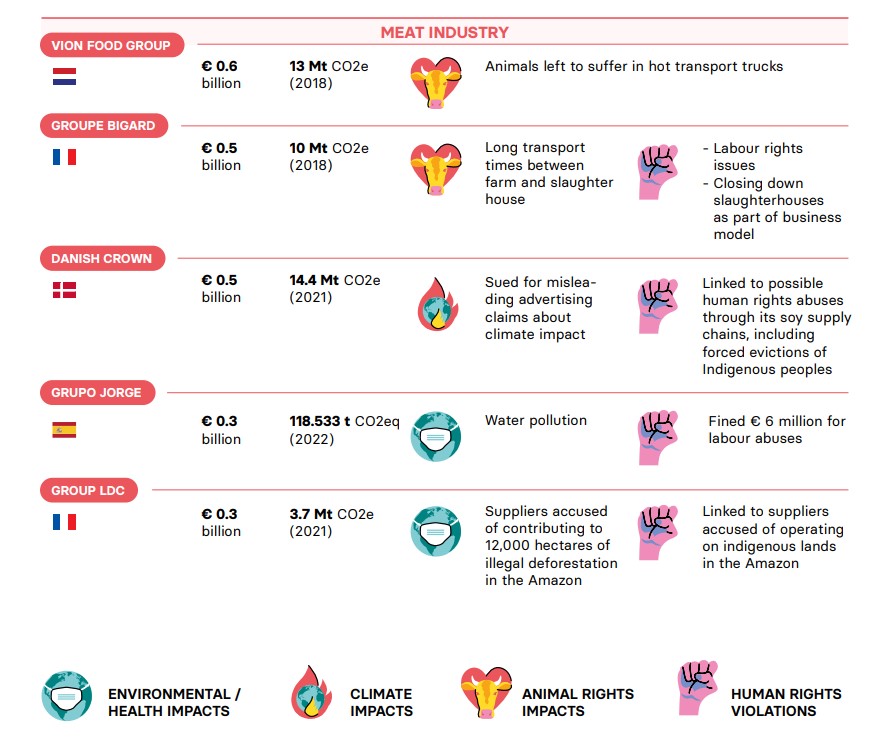
But these facts and horrifying trends were outright ignored by a majority of MEPs, aligning with the agenda of agricultural lobbies that opposed expanding the directive’s scope.
Was the whole vote a desaster?
Other vote outcomes give more reasons to be hopeful:
- MEPs backed the Commission proposal to extend the IED to extractive industry installations – i.e. mines – and large battery factories. The directive obliges them to further reduce air, water and soil pollution.
- MEPs agreed to proposals to increase transparency and public participation in relation to the licensing, operation and control of regulated installations. This could allow citizens to be more involved in monitoring and having a say on the performance of the installations.
The nitty-gritty
Agreed in 2010, the directive regulates that around 52,000 industry installations are required to operate in accordance with a permit granted by the responsible authorities in each Member State. The directive covers several elements:
- permits must take into account the whole environmental performance of the plant, covering emissions to air, water and land, generation of waste, use of raw materials, energy efficiency, noise, prevention of accidents, and restoration of the site upon closure;
- the permit conditions, including emission limit values, must be based on the Best Available Techniques (BAT);
- for certain activities, i.e. large combustion plants, waste incineration and co-incineration plants, solvent using activities and titanium dioxide production, the IED also sets EU wide emission limit values for selected pollutants;
- contains mandatory requirements on environmental inspections. Member States are requested to set up a system of environmental inspections and draw up inspection plans accordingly (site visit should take place at least every 1 to 3 years);
- should ensure that the public has a right to participate in the decision-making process, and to be informed of its consequences, by having access to permit applications, permits and the results of the monitoring of releases.
The bigger picture
The legislation in itself is far away from being a sufficient policy tool to resolve the devastating impacts of industrial animal farming. But with their changes, MEPs could have sent the important message that they understand and are ready to deal with these risks – which they failed to do. Upcoming trilogues (negotiations between the European Commission, the European Parliament and the Council) could still change the final law that is planned to be agreed on in October – but we don’t expect it will contain the radical changes we need.
A move to sustainable food system would require a radical transition in the way that we produce, distribute and consume our food. Food systems, including animal farming, animal product processing and distribution, must be reoriented around multiple economic, social and environmental objectives.
All this will not happen while factory farming dominates the market. Banning factory farming and reducing the number of industrially farmed animals in the EU is crucial to create the space for alternatives.



